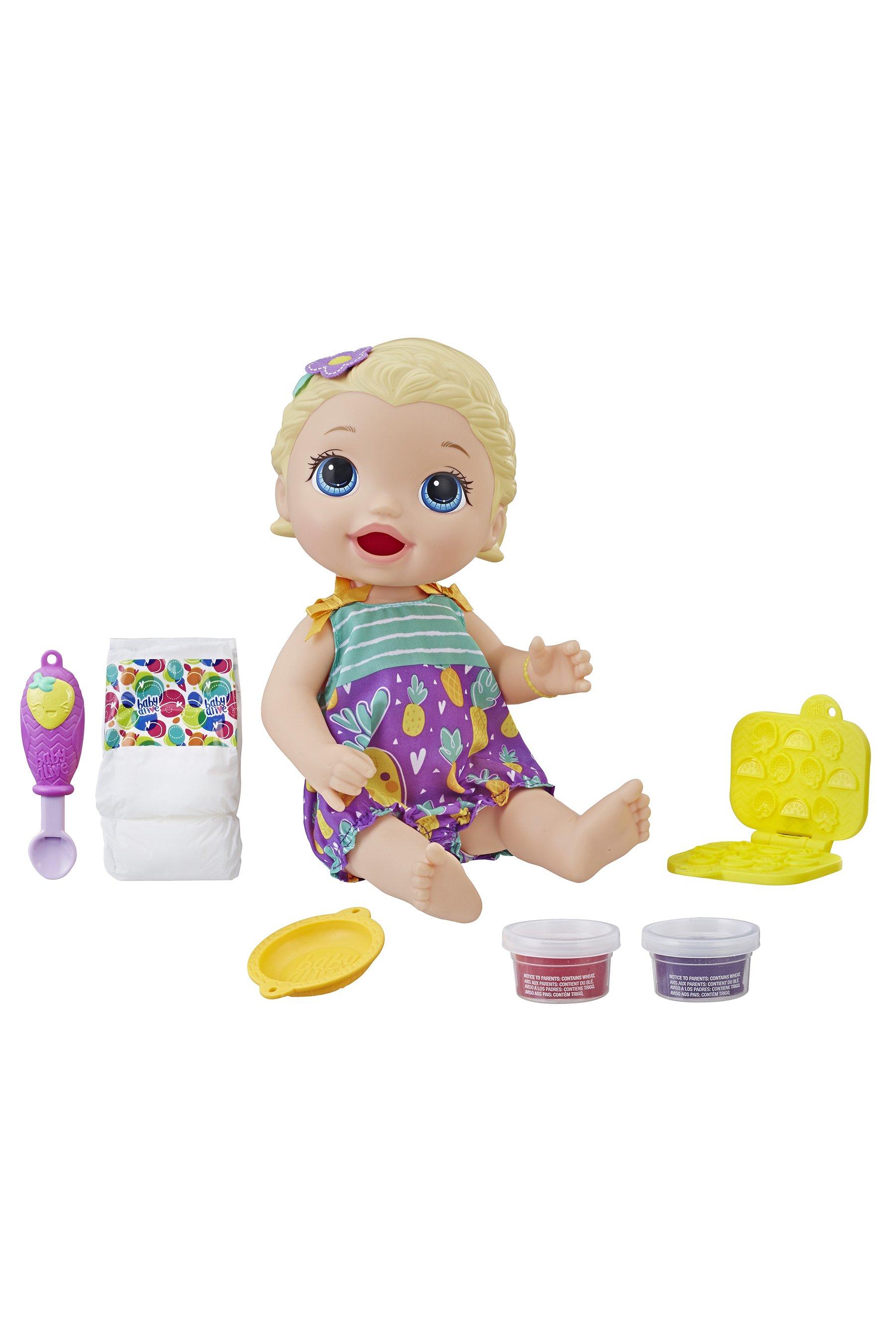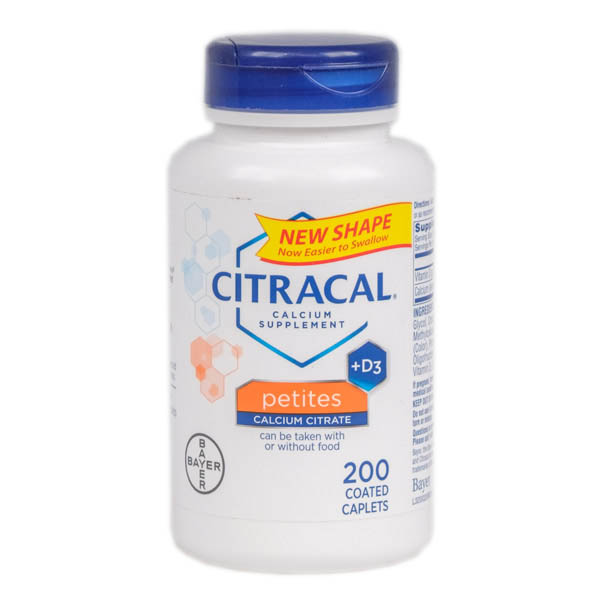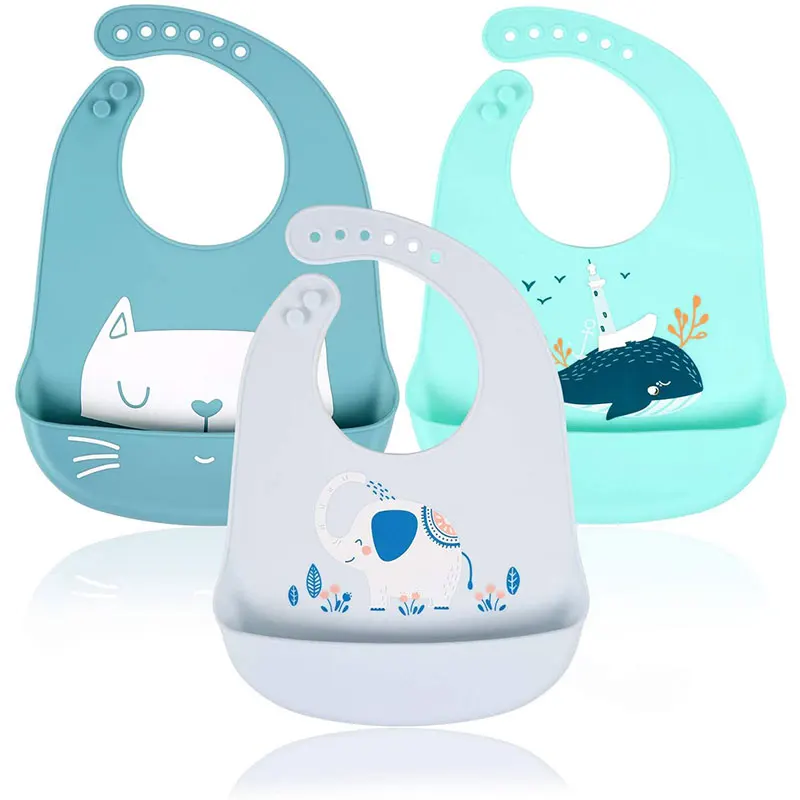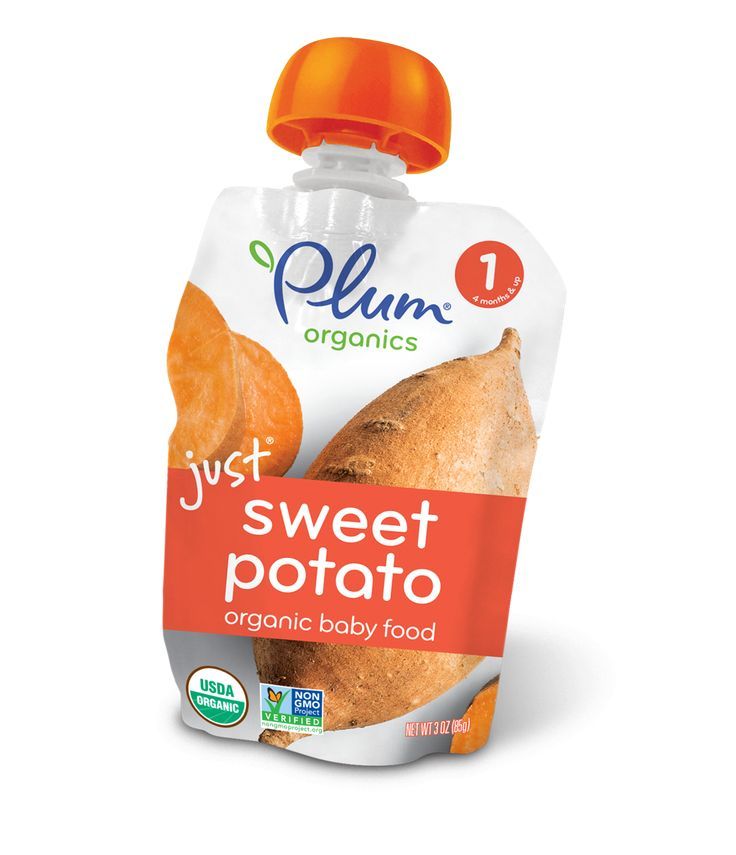Goat cheese baby food
Goat Cheese for Babies - First Foods for Baby
When can babies eat goat cheese?
Goat cheese may be introduced as soon as your baby is ready for solids, which is generally around 6 months of age.
Background and origins of goat cheese
When you think of goat cheese, you might picture the white, soft, tangy cheese that is also called chèvre, a French word for the animal whose milk is used to make it. In fact, this style of fresh goat cheese has many names: caprino, feta, gbejna, labneh, mató, queso fresco, and snøfrisk to name a few. That’s because it is popular in cultures around the world, and despite its many names, the cheese is made using the same basic cooking method: coagulate milk, separate solids (curds) from liquid (whey), and compress to form fresh young cheese.
Fresh goat cheese can also be aged to become harder and sharper. For the purposes of introducing goat cheese to your baby, the information here pertains to fresh creamy goat cheese that is sold as a log, as a wheel, or in a tub as a spread or as crumbles.
Is goat cheese healthy for babies?
Yes! Fresh goat cheese has lots of protein and healthy fats, as well as calcium, copper, iron, and vitamins A, B2, and B6—essential nutrients to power your baby’s growth. Goat cheese can also be an easier cheese to digest than cheese made from cow’s milk, thanks to a molecular make-up that’s easier on the body’s gastrointestinal system. Lastly, goat cheese is generally lower in sodium and therefore a better choice for babies to eat than many cheeses, which can be very high in sodium. (Early and excessive exposure to sodium is thought to play a role in hypertension, cardiovascular disease, and obesity.)1
When selecting goat cheese for your baby, look for a cheese that is:
- Pasteurized
- Low sodium (less than 100mg per serving)
- Whole fat
Once your child is 12 months old, you can try exploring a wider range of cheese while still keeping an eye on sodium levels.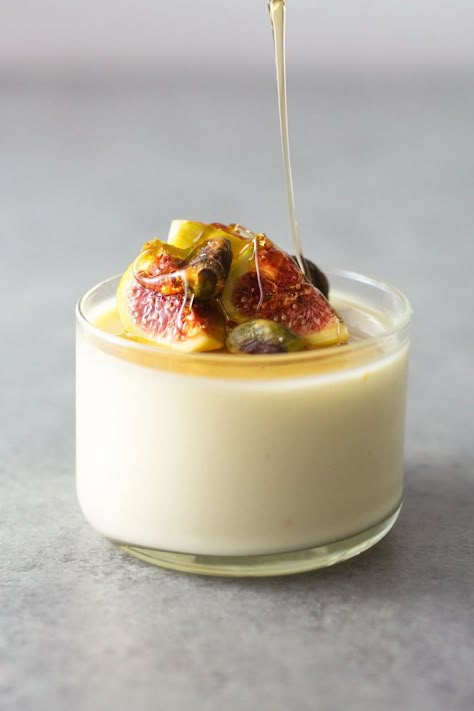
Is goat cheese a common choking hazard for babies?
It can be. Most cheeses present a choking risk for babies and children under the age of five, and goat cheese’s stickiness can be challenging for babies to consume. To decrease the choking risk, thin goat cheese before serving by whipping it with a little bit of breast milk, formula, yogurt, or goat’s or cow’s milk.
For more information, visit our section on gagging and choking and familiarize yourself with common choking hazards.
Is goat cheese a common allergen?
Yes, milk allergy is the most common food allergy in infants and children.2 While milk allergy typically refers to cow’s milk, goat’s milk protein is similar to cow’s milk and may cause a reaction.3 Research shows that the majority of children with cow’s milk allergy will outgrow it by age 6 and many babies with milder symptoms of milk protein allergy (which can show up as painless blood in stool) are able to successfully reintroduce cow’s milk as early as their first birthday, with the guidance of their doctors. 4 5
4 5
If you have a family history of allergies, or suspect your baby may be allergic to milk, consult an allergist before introducing goat cheese. Otherwise, as with all new foods, introduce goat cheese in scant amounts the first couple of times and watch closely as your baby eats. If there is no adverse reaction, gradually increase the quantity over future servings.
How do you prepare goat cheese for babies with baby-led weaning?
Every baby develops on their own timeline, and the suggestions on how to cut or prepare particular foods are generalizations for a broad audience. Your child is an individual and may have needs or considerations beyond generally accepted practices. In determining the recommendations for size and shape of foods, we use the best available scientific information regarding gross, fine, and oral motor development to minimize choking risk. The preparation suggestions we offer are for informational purposes only and are not a substitute for child-specific, one-on-one advice from your pediatric medical or health professional or provider.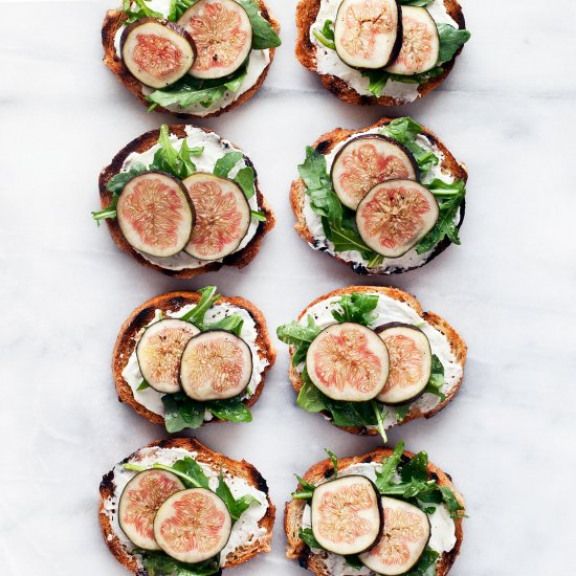 It is impossible to fully eliminate all risk of a baby or child choking on any liquid, puree, or food. We advise you to follow all safety protocols we suggest to create a safe eating environment and to make educated choices for your child regarding their specific needs. Never disregard professional medical advice or delay in seeking it because of something you have read or seen here.
It is impossible to fully eliminate all risk of a baby or child choking on any liquid, puree, or food. We advise you to follow all safety protocols we suggest to create a safe eating environment and to make educated choices for your child regarding their specific needs. Never disregard professional medical advice or delay in seeking it because of something you have read or seen here.
6 to 9 months old: Spread goat cheese thinly on thin rice cakes, toast, or baby crackers/teething rusks. To make the cheese more spreadable, simply mix it with a little bit of water, breast milk, formula, yogurt, or small amount of milk with a fork until smooth. Goat cheese may also be mixed into other foods and mashes as desired.
9 to 12 months old: This is a great age to introduce goat cheese crumbles as around this age babies develop a pincer grasp (where the thumb and pointer finger meet), enabling them to pick up small pieces of food. You can, of course, continue to spread goat cheese on thin rice cakes, toast or teething rusks and add it to other dishes as you like.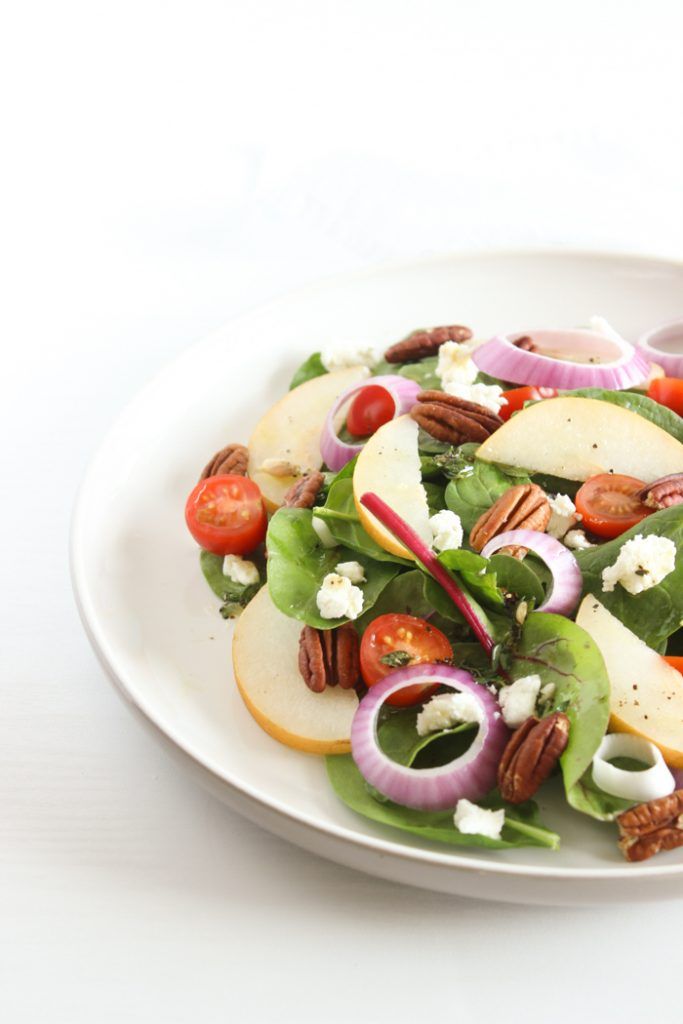
12 to 24 months old: Anything goes! Serve goat cheese on its own in sections or crumbles and use goat cheese liberally in your recipes.
Pearl size goat cheese crumbles for babies 9 months+Large goat cheese crumbles for babies 12 months+For more information on how to cut food for babies, visit our page on Food Sizes & Shapes.
Recipe: Whipped Goat Cheese & Cauliflower
Ingredients
- Goat cheese
- Cauliflower
- Avocado oil, flaxseed oil, or extra virgin olive oil
Directions
- Use a sharp knife to break down 1 small head of cauliflower into florets. Steam until soft and let cool to room temperature.
- Place 4 ounces of goat cheese in a mixing bowl, a food processor, or a standing mixer with the whisk attachment.
 Add a generous pour of avocado, flaxseed, or olive oil. Whisk until smooth. If the mixture is too sticky, add more oil or a splash of water.
Add a generous pour of avocado, flaxseed, or olive oil. Whisk until smooth. If the mixture is too sticky, add more oil or a splash of water. - Add a dollop of whipped cheese to a bowl that suctions to the table, and place a few florets on top. Encourage your baby to eat with their hands. Make a dish for yourself to eat alongside your baby and don’t be afraid to eat with your own fingers to model.
Flavor Pairings
Goat cheese is creamy, tangy, and tart—a nice balance to sweet foods like beets, butternut squash, strawberry, watermelon, zucchini, and other fruits and veggies. Its earthiness also pairs well with hearty foods like beef, chicken, mushrooms, and pistachios. Goat cheese tastes great on its own, but it also lends itself well to flavor boosters: try mixing with fresh herbs like chives or tarragon, or with spices like coriander or paprika.
- National Academies of Sciences, Engineering, and Medicine 2019. Dietary Reference Intakes for Sodium and Potassium.
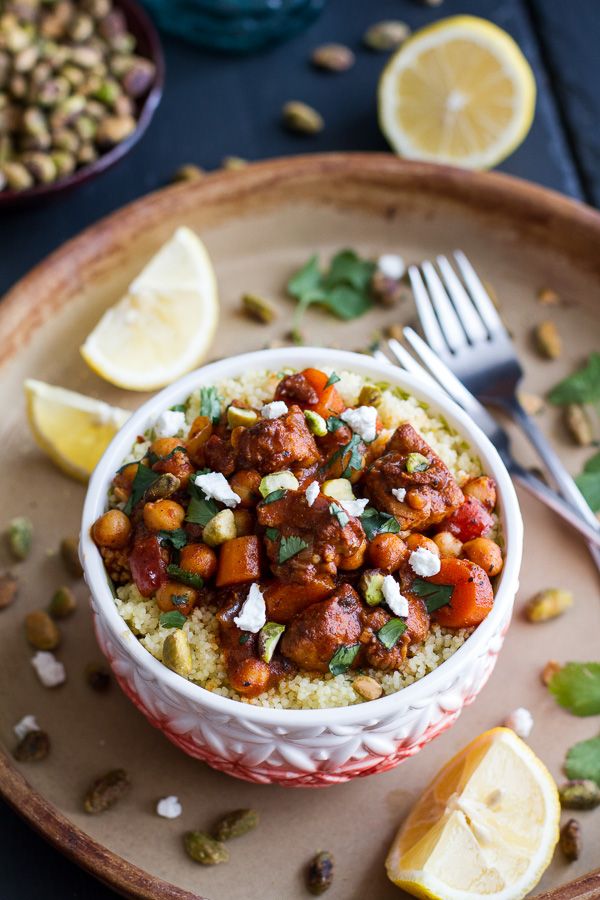 Washington, DC: The National Academies Press. https://doi.org/10.17226/25353
Washington, DC: The National Academies Press. https://doi.org/10.17226/25353 - Food Allergy Research & Education. Milk Allergy. Retrieved April 20, 2020
- Food Allergy Research & Education. Milk Allergy. Retrieved April 20, 2020.
- GiKids – Cow’s Milk Protein Allergy. (2020, February 26). GiKids. https://gikids.org/digestive-topics/cows-milk-protein-allergy/
- Wood, R. A., Sicherer, S. H., Vickery, B. P., Jones, S. M., Liu, A. H., Fleischer, D. M., Henning, A. K., Mayer, L., Burks, A. W., Grishin, A., Stablein, D., & Sampson, H. A. (2013). The natural history of milk allergy in an observational cohort. Journal of Allergy and Clinical Immunology, 131(3), 805-812.e4. https://doi.org/10.1016/j.jaci.2012.10.060
Pea & Mint Puree with Goat Cheese Recipe for Babies
- Log in/Register
Contains:
-
Milk
Suitable for:
-
Gluten free
-
Vegetarian
Method
Step 1
Simmer the frozen peas in water for about 10minutes or until hot. Blend together the peas, mint and goat cheese.
Blend together the peas, mint and goat cheese.
See recipe notes
This is easily one of our favourite goat cheese recipes, and we're sure it'll quickly become one of yours too!
We're often asked 'can babies eat goat cheese?' As long as they do not have an intolerance to dairy, this pea and mint puree is a great way to introduce your baby to goat cheese.
step 1/1
Organix Baby & Toddler Cookbook
Over 70 quick and easy recipes - from weaning purees to dinnertime faves for the whole family to enjoy!
Discover
Discover More Recipes
View All
1 of a child's 5 a day
2 Logos 2019
2 of a child's 5 a day
3 of a child's 5 a day
BB2020SILV
LBP2019GOLD
LBP2019PLAT
LBP2022PLAT
LBP2022PLATINUM
LBP21 VMMU
LBPBABY2020PLAT.
LBPCHILD2020SILV
LBPTOD2020PLAT
M&B2022BRONZE
M&B2022SHORTLIST
M4M2019GOLD
M4M2019SILV
M4M2020BRO
M4M2020SILV
M4M2022BRONZE
MFM2022BRONZE
NAK2022BRONZE
NAK2022SILVER
PB2022GOLD
Resealable
TG2022FINALIST
Veggie sticks 2 awards 2020
Easy to hold
Explore & Play
Fruity goodness
Ideal finger food
Light & Crispy
Movie time
On the go
Perfect for Lunchboxes
Smooth & Simple
Snack time
Soft & Chewable
Source of calcium
Treat Time
-
6 months +
Baby guacamole
View
-
6 months +
Courgette Puree
View
-
6 months +
Chicken Puree
View
-
6 months +
Prune Puree
View
-
6 months +
Peach Puree
View
-
6 months +
Spinach Puree
View
-
6 months +
Mango puree
View
-
6 months +
Banana puree
View
-
6 months +
Pea Puree
View
-
6 months +
Strawberry Puree Baby Food
View
-
6 months +
Liver Casserole Baby Puree
View
-
6 months +
Beetroot Risotto for Babies
View
-
6 months +
Carrot Puree Recipe for Baby
View
-
6 months +
Butternut Squash Puree Baby Food
View
-
6 months +
Avocado Puree Baby Food
View
-
6 months +
Blood Orange, Red Lentil & Carrot Soup
View
-
6 months +
Broccoli & Potato Puree
View
-
6 months +
Baby Sweetcorn Puree/Mash
View
-
6 months +
Roast Sweet Potato, Garlic & Kale Puree
View
-
6 months +
Butternut Squash, Sweet Potato & Carrot Baby Puree
View
The best mixture on goat milk — from the origins to the modern generation
Kiseleva Elena Sergeevna
Candidate of Medical Sciences, Scientific Advisor MAMAKO ®
When choosing an infant formula, many mothers wonder which is better - cow's or goat's milk? How to choose a goat milk formula? What is the best goat milk formula? Let's take a look at these subtleties.
Goat or cow?
Artificial mixtures based on cow's milk appeared in the 70s of the XIX century. In the middle of the 20th century, their production became mass, and their presence on store shelves became familiar. Russian parents met with goat milk mixtures in 2000, and they still remain an innovation. "Which formula is better - based on cow's milk or based on goat's milk?" — mothers of pediatricians often ask. However, such a formulation of the question is incorrect; there is no mixture ideal for all children. If the baby is healthy, the mixture can be based on both cow's and goat's milk. Infant formulas based on goat's milk are not special medical products and are equally used with formulas based on cow's milk for healthy children 1 . However, today for babies the problem of allergies, including cow's milk protein, is very acute. Therefore, pediatricians are increasingly recommending that mothers choose infant formula with goat's milk.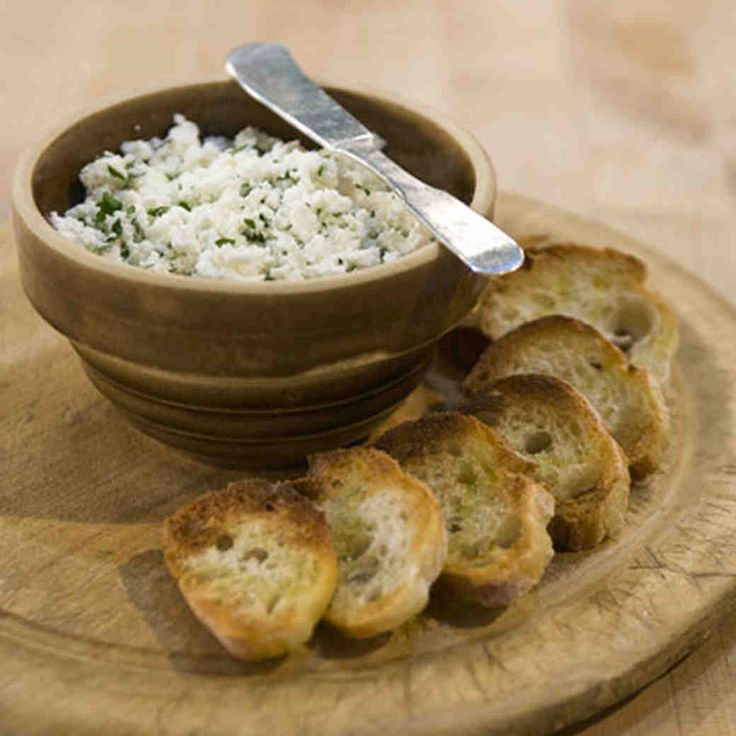 Scientists have shown that the content of the most allergenic cow's milk protein, alpha-S1-casein, is very low in goat milk formulas, almost trace 2 .
Scientists have shown that the content of the most allergenic cow's milk protein, alpha-S1-casein, is very low in goat milk formulas, almost trace 2 .
A bit of history
The healing properties of goat's milk have been known since ancient times. In ancient Greek myth, Zeus was fed by the goat Amalthea. Avicenna and Hippocrates treated pulmonary and stomach diseases with goat's milk, and the ancient Egyptians believed that it improves brain function. In medieval Europe, children with rickets were fed goat cheese to make up for the lack of vitamin D and calcium. But due to the high cost and small volumes, goat's milk was "in the shadow" of cow's milk for a long time. Interest in it revived at the beginning of the 20th century. Pediatricians have recorded that the mortality among babies who were given goat's milk instead of cow's milk by non-breastfeeding mothers is much lower. At 1900, the Paris Academy of Medical Sciences officially named goat's milk a high-diet product necessary for feeding children and debilitated patients.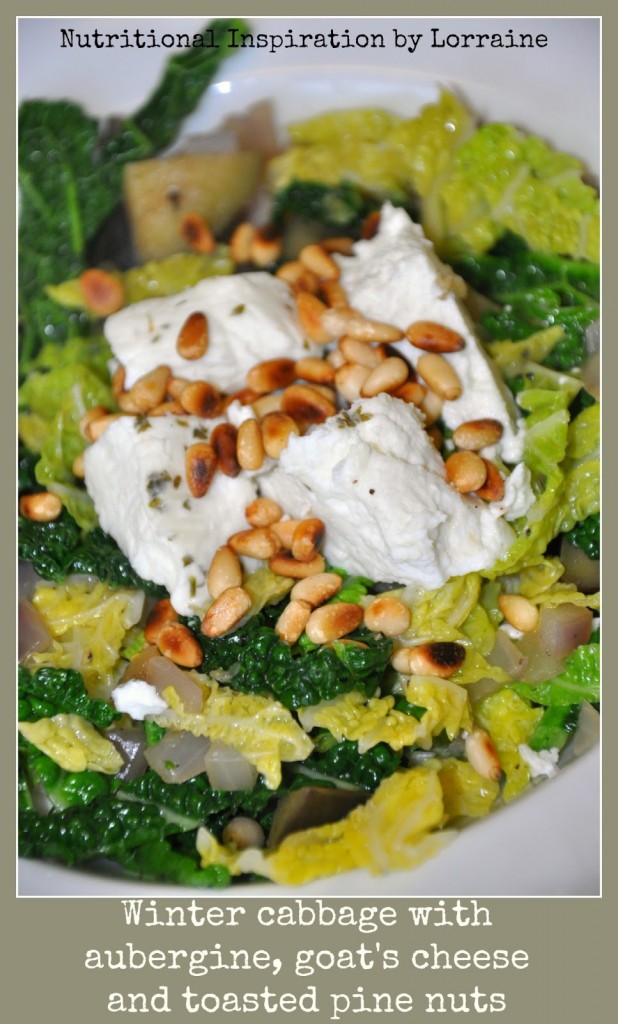 In pre-revolutionary Russia, the well-known pediatrician, author of the book "Mother and Child" Vladimir Zhuk, was an apologist for goat's milk.
In pre-revolutionary Russia, the well-known pediatrician, author of the book "Mother and Child" Vladimir Zhuk, was an apologist for goat's milk.
Looking for the "best" formula
In the 1980s, the question of the quality of raw materials for baby food became acute. Scientists have found that artificial growth stimulants, feed additives and other “chemistry” that is used in raising cattle gets into milk, and from it into the mixture. Unlike a cow, a goat is not a biostimulated animal, its milk is “pure”. Therefore, at the end of the 20th century, the World Health Organization officially allowed the use of goat's milk as a raw material for the production of infant formula 3 . The first adapted whole goat milk powder appeared in 1988 in New Zealand 3 . Since then, manufacturers have been constantly improving the formula of goat milk infant formula, bringing its composition closer to breast milk. They select natural raw materials of the highest quality and enrich the mixtures only with those components, the benefits of which are confirmed by the latest scientific research in the field of nutrition.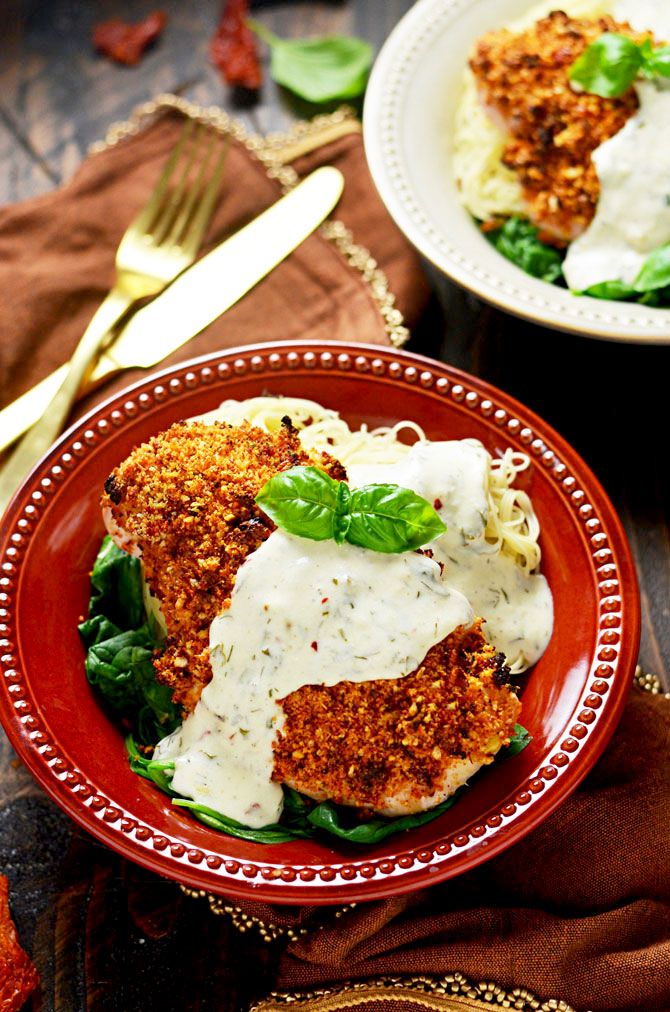 In Russia, mixtures based on goat milk appeared in 2000 and today are represented by several manufacturers, including MAMAKO ® .
In Russia, mixtures based on goat milk appeared in 2000 and today are represented by several manufacturers, including MAMAKO ® .
The best blend
Finding out which goat milk formula is the best is impossible. Correctly considered - the best mixture of goat milk is the one that solves the problems of a particular baby. For example, it relieves colic and provides comfortable digestion. Or from a baby it turns him into a baby with a good appetite and normal weight gain. Properly selected mixture does not cause regurgitation, skin rashes and other problems. Mom should pay attention to the stool and the general condition of the baby when he tries a new mixture. 4
Offer the smallest formulas of premium quality, such as adapted MAMAKO ® Premium infant formulas with goat's milk. Mixtures labeled 0+ months are designed to feed babies from birth, the 6+ months formula is suitable for babies from six months, 12+ months - for babies of the first year of life.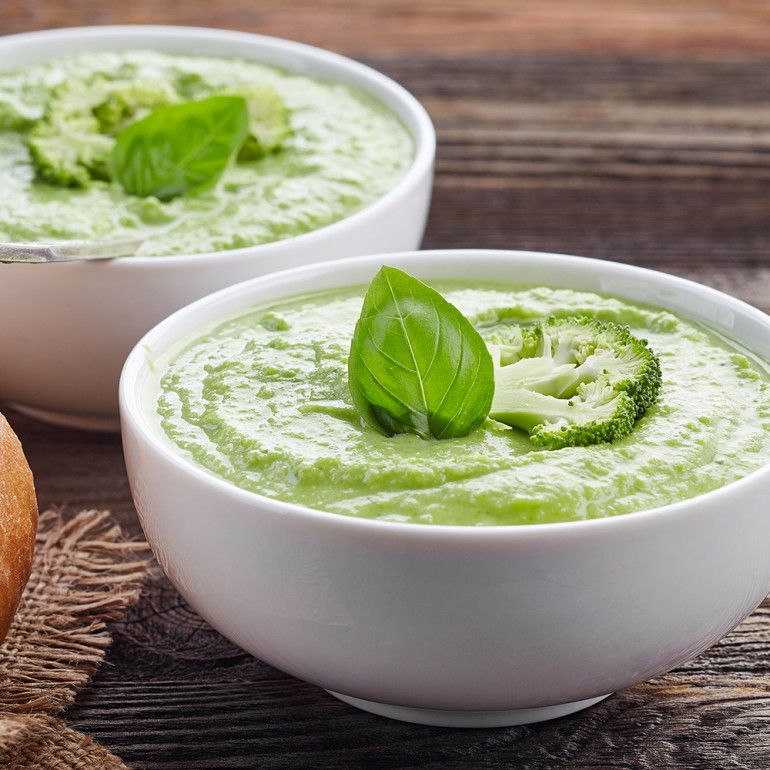 All MAMAKO ® Premium infant formulas are produced in Spain only from quality farm goat milk at the Industrias Lacteas Asturianas factory located in the province of Asturias. The temperate climate of the Cantabrian foothills and the proximity of the Atlantic create a unique herbage in the meadows of Asturias. Asturian goats graze on abundant pastures all year round, so their milk is highly nutritious. Thanks to the special technologies of the manufacturer's plant, infant formulas retain all the most valuable components of goat milk. Therefore, mixtures MAMAKO ® Premium carefully surround the baby with care from birth, helping him to harmonious development.
All MAMAKO ® Premium infant formulas are produced in Spain only from quality farm goat milk at the Industrias Lacteas Asturianas factory located in the province of Asturias. The temperate climate of the Cantabrian foothills and the proximity of the Atlantic create a unique herbage in the meadows of Asturias. Asturian goats graze on abundant pastures all year round, so their milk is highly nutritious. Thanks to the special technologies of the manufacturer's plant, infant formulas retain all the most valuable components of goat milk. Therefore, mixtures MAMAKO ® Premium carefully surround the baby with care from birth, helping him to harmonious development.
What's in it?
The optimal combination of proteins, fats and carbohydrates for babies is responsible for the growth and development, preservation and strengthening of health .
- Proteins are the “building material” for our cells. In mixtures for babies 0+ months, the amount of protein is 1.
 3-1.4 g / 100 ml, and for children 6+, the values \u200b\u200brange from 1.8-2 g / 100 ml. This norm prescribed by modern requirements 4 unloads the baby's kidneys and minimizes the likelihood of allergies. The ratio of whey proteins and casein is 60:40 in the first and 50:50 in the second half of the year, so that the child's body absorbs protein without problems.
3-1.4 g / 100 ml, and for children 6+, the values \u200b\u200brange from 1.8-2 g / 100 ml. This norm prescribed by modern requirements 4 unloads the baby's kidneys and minimizes the likelihood of allergies. The ratio of whey proteins and casein is 60:40 in the first and 50:50 in the second half of the year, so that the child's body absorbs protein without problems. - Carbohydrates is the main source of energy. In MAMAKO ® Premium formulas, this is mostly lactose, as in breast milk. However, for better understanding carbohydrate component of the mixture, the amount of lactose is reduced and added maltodextrin. Such a carbohydrate component normalizes digestion, improves the absorption of calcium and iron. Sucrose and starch are not added to MAMAKO 9 mixtures0005® Premium.
- Fats determine the development of the nervous, immune, digestive, cardiovascular and many other body systems. The health of the child directly depends on their quality.
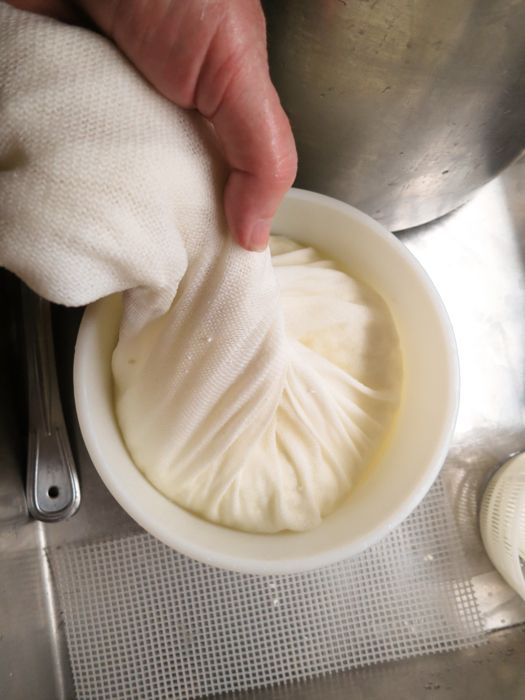 The fats in MAMAKO ® Premium blends are represented by the obligatory linoleic and ἀ-linolenic acids, as well as the vital unsaturated docosahexaenoic (DHA) and arachidonic (ARA) acids, which are rich in goat milk 2 . Their presence determines the formation of the visual organs, and most importantly - the intelligence of the baby. The baby receives these acids only with breast milk or food.
The fats in MAMAKO ® Premium blends are represented by the obligatory linoleic and ἀ-linolenic acids, as well as the vital unsaturated docosahexaenoic (DHA) and arachidonic (ARA) acids, which are rich in goat milk 2 . Their presence determines the formation of the visual organs, and most importantly - the intelligence of the baby. The baby receives these acids only with breast milk or food.
digestive comfort responsible for:
- Prebiotic complex oligosaccharides 2'-FL (identical to oligosaccharides human milk) and GOS, which, when combined with probiotics, bifidobacteria B. LACTIS improve the digestive processes in infants, help prevent colic and constipation.
- Whole goat milk fat has been introduced into mixtures, which easily digestible and makes the stool soft.
- No palm oil . In mixtures, it often causes constipation and interferes with calcium metabolism. Manufacturers add it as a source essential palmitic acid, which is essential for healthy development nervous system of the chest.
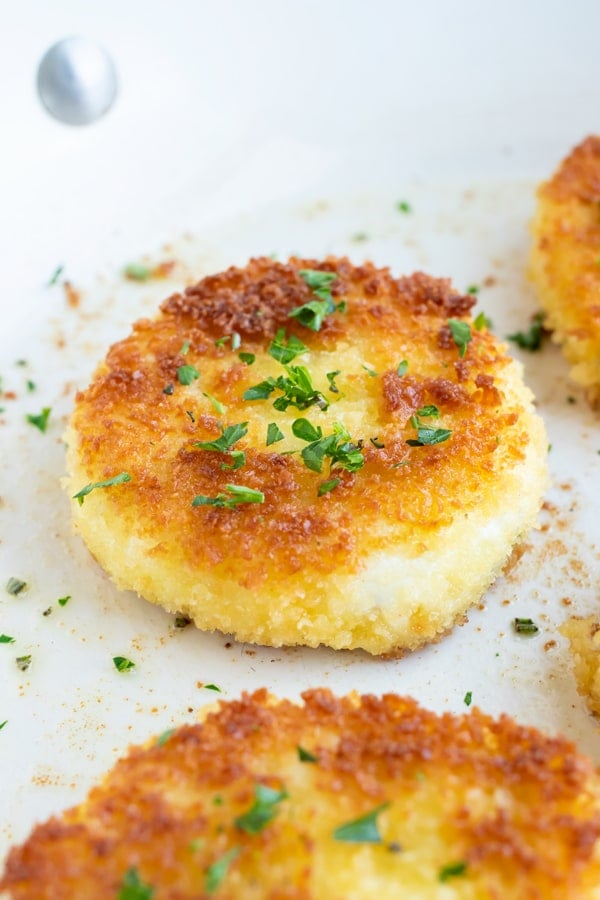 MAMACO ® Premium blends do not contain palm butter, and palmitic acid baby's body is supplied by dairy soft stool fats goat milk.
MAMACO ® Premium blends do not contain palm butter, and palmitic acid baby's body is supplied by dairy soft stool fats goat milk.
Proper development of the brain and vision provides:
- IQ-complex - combines lutein and polyunsaturated fatty acids DHA (Omega-3), ARA (Omega-6), which creates the most favorable conditions for brain development and the formation of the visual apparatus in infants; phospholipids fat globules of goat milk will become the building material for cells brain.
Immune system support by:
-
2'-FL oligosaccharides identical to oligosaccharides isolated from breast milk, stimulate the growth of their own "good" bacteria in the intestines. Thanks to them a healthy microbiota tunes the immune system to function properly, reducing the risk of intestinal and catarrhal diseases 10 .
goat milk nucleotides and added nucleotides also support immunity and strengthen the child's resistance to infections 5 .
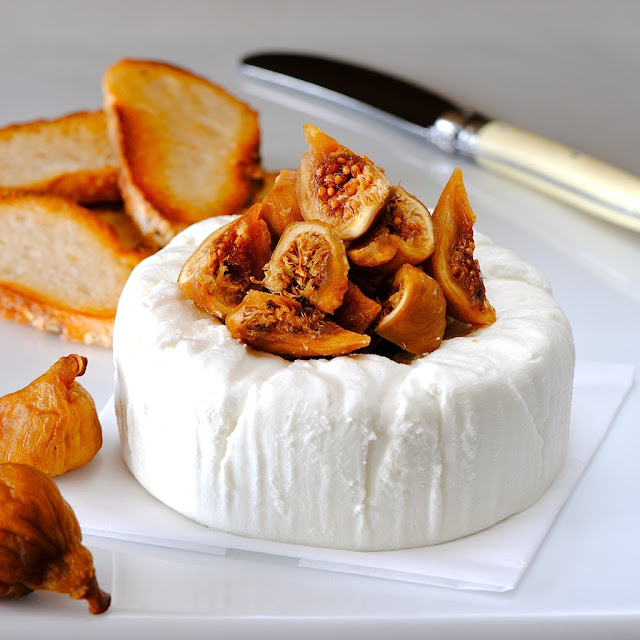
Uniqueness
How are MAMACO ® Premium formulas different from other goat milk formulas? These are the latest generation blends with a unique composition that includes:
- IQ-complex (ARA and DHA + lutein). Its components optimize the development of the baby's brain and visual perception, memory and motor skills. They determine the quality of the development of the cognitive abilities of the child. Lutein in mixtures protects the retina of children's eyes from harmful ultraviolet radiation by absorbing blue light during the first three years of life.
- Complex prebiotics 2'-FL + GOS , and probiotics Bifidobacterium B. Lactis forms a healthy intestinal microbiota, is responsible for soft stools and normal digestion.
- Whole goat milk fat globules fat-like structure globules of breast milk. They form in the stomach of an infant small soft curdled clots.
 The ease of their digestion is similar to the ease digestion of breast milk.
The ease of their digestion is similar to the ease digestion of breast milk.
Mixtures based on natural goat's milk carefully take care of children's health from birth. Experts have confirmed their positive impact on the development of babies, but the main experts are mothers who choose them for their children. And, of course, the kids themselves! They love MAMAKO ® mixtures for their delicate creamy taste and grow up healthy and happy to the delight of their parents.
* The ideal food for a baby is mother's milk. WHO recommends exclusive breastfeeding for the first 6 months. MAMAKO ® supports this recommendation. Before introducing new foods into your baby's diet, consult with a specialist.
Information sources
one.
EFSA Panel on dietetic products, nutrition and allergies (NDA). Scientific opinion on the suitability of goat milk protein as a source of protein in infant formulae and in follow-on formulae.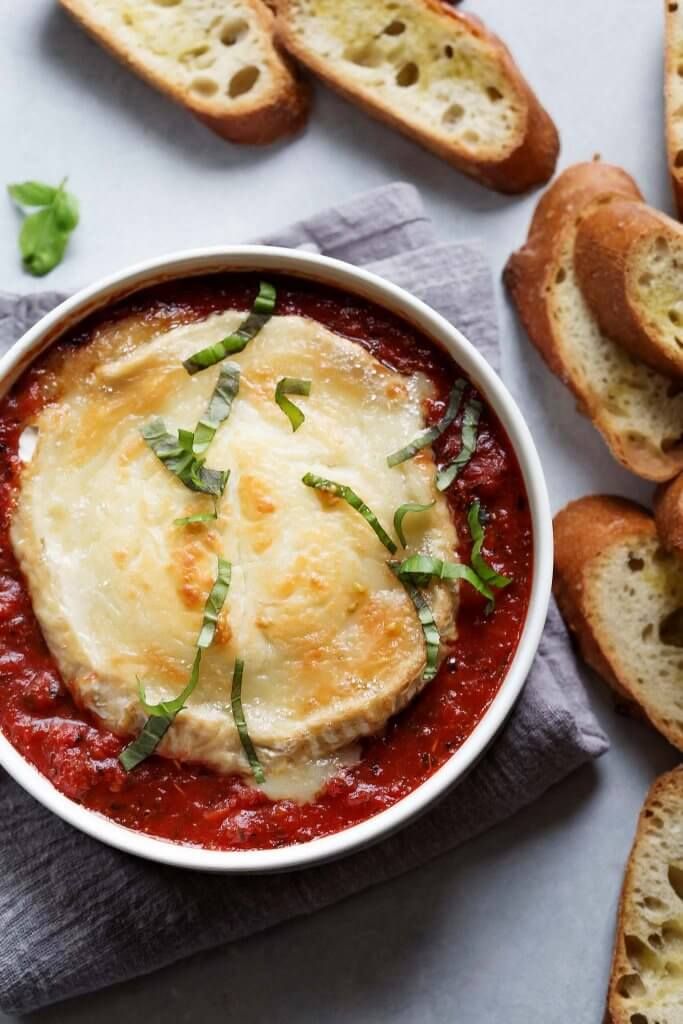 — EFSA Journal. — 2012. URL: https://doi.org/10.2903/j.efsa.2012.2603
— EFSA Journal. — 2012. URL: https://doi.org/10.2903/j.efsa.2012.2603
2.
Clark, S., Mora Garcia, M. B. A 100-year review: Advances in goat milk research. — Journal of Dairy Science. - 2017. - V. 100. - P. 10026-10044.
3.
Miller, B. A. & Lu, C. D. Current status of global dairy goat production: An overview. — Asian-Australasian Journal of Animal Science. — 2019.
four.
Zhuk V.N. "Mother and Child". Hygiene of mother and child in a public presentation. 5th ed. 1894 years,
5.
Prosser, C. G. Compositional and functional characteristics of goat milk and relevance as a base for infant formula. — Journal of Food Science. — 2021.
6.
Borovik T. E. et al. Experience in the use of infant formula based on goat's milk in the nutrition of healthy children
in the first half of life // Questions of modern pediatrics.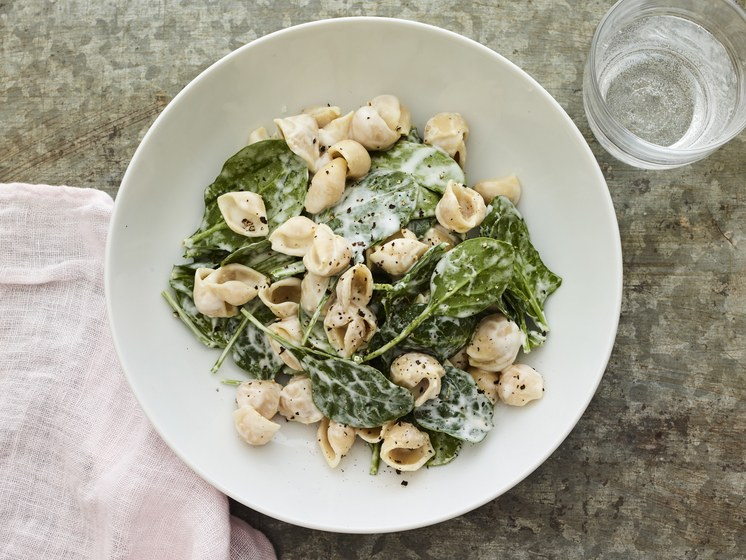 2014 No. 13 (2).
2014 No. 13 (2).
7.
Goat milk can be considered as functional food, Spanish researchers find. University of Granada. Science Daily. 2011 19
May. https://www.sciencedaily.com/releases/2011/05/110518092146.htm.
eight.
The program for optimizing the feeding of children in the first year of life in the Russian Federation. M., 2019
9.
Sun, Y., Wang, C., Sun, X. & Guo, M. Comparative proteomics of whey and milk fat globule membrane proteins of Guangzhou goat and Holstein cow mature milk. — Journal of Food Science. - 2019. - V. 84. - P. 244-253.
ten.
Leeuwen van Sander S. et al., Goat milk oligosaccharides: their diversity, quantity, and functional properties in comparison to human
milk. Journal of Agriculture and Food Chem., 68, 47.13469–13485, 2020
#With goat milk
See also
How to feed a newborn so that he grows up healthy
#Tips for Mom #newborns
Zainiddinova Rabiyat Salahiddinovna
Candidate of Medical Sciences, Pediatrician, Neonatologist, Vaccine Prevention Specialist
Why are nucleotides needed in infant formula?
#Baby formulas #mixes 6 months
Kizino Polina Aleksandrovna
pediatrician, perinatal psychologist
Baby food based on goat milk - comprehensive care and harmonious development of the child
#With goat milk #porridge MAMAKO with goat milk
Kiseleva Elena Sergeevna
Candidate of Medical Sciences, Scientific Advisor MAMAKO ®
See all
See all
How to feed a newborn so that he grows up healthy
# Tips for mom # newborns
Zainiddinova Rabiyat Salahiddinovna
Candidate of Medical Sciences, Pediatrician, Neonatologist, Vaccine Prevention Specialist
Why are nucleotides needed in infant formula?
# Infant formula # blends 6 months
Kizino Polina Alexandrovna
pediatrician, perinatal psychologist
See all
Baby food based on goat milk - comprehensive care and harmonious development of the child
# With goat milk # porridge MAMAKO with goat milk
Kiseleva Elena Sergeevna
Candidate of Medical Sciences, Scientific Advisor MAMAKO ®
See all
View all
View all
Homemade goat cheese
Goat milk is one of the healthiest dairy products. Few people know that it is even healthier than cow's. Goat milk contains much more proteins, and is also easier to digest and better absorbed by the body, making it a very useful product for baby food. You will not find pure goat cheese in stores, except for products made from it. That is why if you have the opportunity to buy fresh goat's milk, you may well make homemade goat cheese yourself.
Few people know that it is even healthier than cow's. Goat milk contains much more proteins, and is also easier to digest and better absorbed by the body, making it a very useful product for baby food. You will not find pure goat cheese in stores, except for products made from it. That is why if you have the opportunity to buy fresh goat's milk, you may well make homemade goat cheese yourself.
Goat milk cheese - recipe
Ingredients:
- goat milk - 2 l;
- vinegar - 4 tbsp. spoons;
- salt - 40 g;
- cumin.
Preparation
Making goat's milk cheese does not take too long, but it does require attention. To begin, remove the top layer of cream from the milk, pour into a saucepan and place over medium heat. As soon as the milk boils, reduce the heat and add the vinegar to the milk. Stir the milk constantly after adding the vinegar so that it curdles faster and better. As soon as all the milk has curdled, turn off the heat, and transfer the milk clot to cheesecloth and let the rest of the milk drain.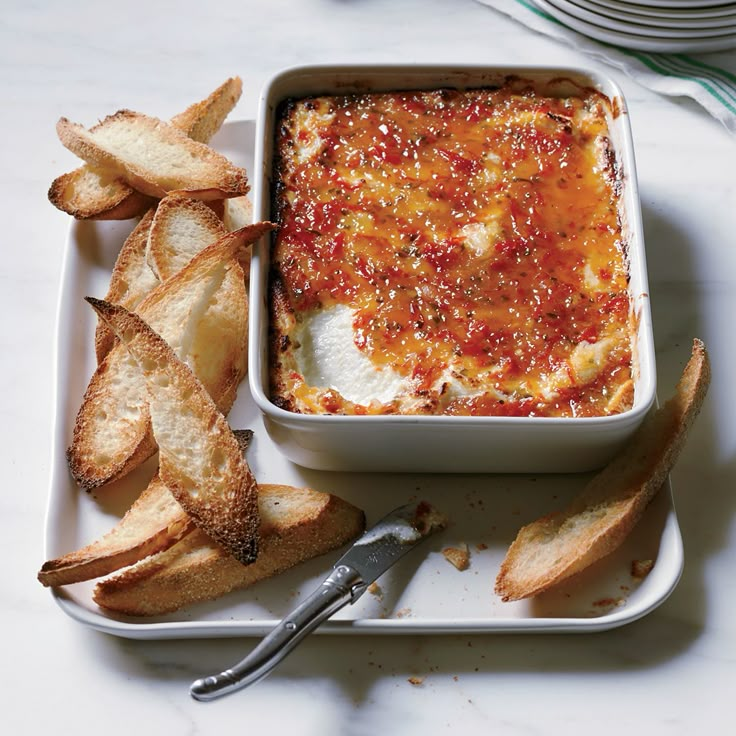 It is best to hang a gauze bag. After a day, remove the clot from the gauze bag, salt and knead well like dough. Shape into a patty and place in a thick skillet. Put the pan on a slow fire. Your cheese should first melt and then thicken again. Once the cheese has thickened, cut it into pieces and while it is hot, give it the desired shape. Sprinkle finished cheese with cumin.
It is best to hang a gauze bag. After a day, remove the clot from the gauze bag, salt and knead well like dough. Shape into a patty and place in a thick skillet. Put the pan on a slow fire. Your cheese should first melt and then thicken again. Once the cheese has thickened, cut it into pieces and while it is hot, give it the desired shape. Sprinkle finished cheese with cumin.
Homemade goat cheese with spices
Ingredients:
- goat milk - 2 l;
- sour cream - 350 g;
- eggs - 3 pcs.;
- salt - 3 tbsp. spoons;
- basil (dry) - 2 teaspoons;
- garlic (dry) - 1 teaspoon;
- dill (dry) - 1 tsp.
Preparation
Put the goat's milk on a slow fire and stir constantly. Beat eggs with sour cream and salt. You should get a homogeneous mass, so it is better to beat with a mixer. Add the egg mixture to the milk and, stirring constantly, bring everything to a boil. Leave the milk to boil a little and strain it through cheesecloth folded in two layers.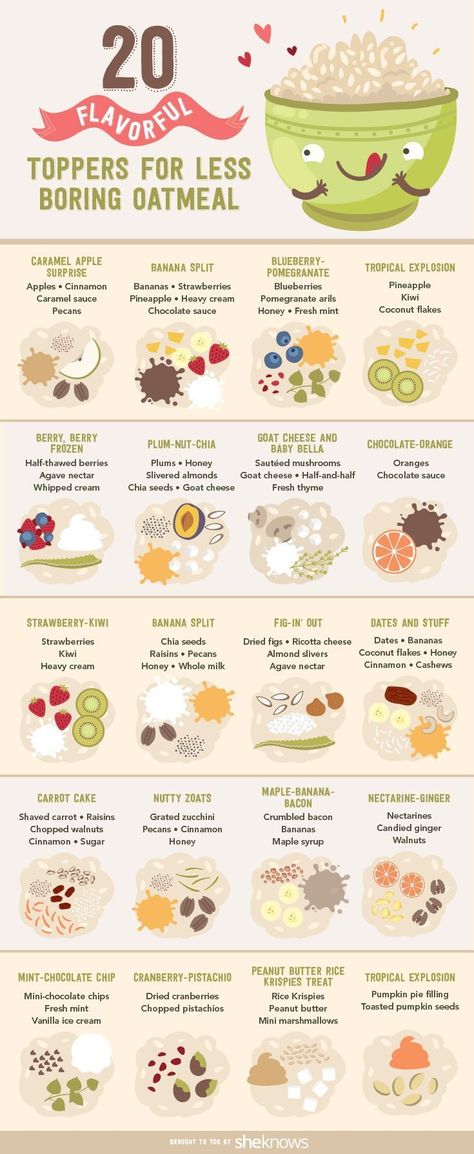 Mix the remaining cottage cheese in cheesecloth with dill, garlic and basil. Then tie the cottage cheese in gauze and hang the remaining milk to glass. After a couple of hours, when all the milk has drained, put the gauze with the curd clot in the pan under the press. Put the pan in a cold place, or just in the refrigerator. After 12-13 hours, your goat cheese at home ready.
Mix the remaining cottage cheese in cheesecloth with dill, garlic and basil. Then tie the cottage cheese in gauze and hang the remaining milk to glass. After a couple of hours, when all the milk has drained, put the gauze with the curd clot in the pan under the press. Put the pan in a cold place, or just in the refrigerator. After 12-13 hours, your goat cheese at home ready.
Related articles:
| What to cook with cottage cheese? Everyone knows that cottage cheese is an unsurpassed source of calcium. But what if the product is available, but you don’t want to use it in its “original” form? In this case, you should try to cook one of our dishes from cottage cheese. | Rice milk soup Rice milk soup is a great idea for a hearty and healthy breakfast. You can cook it on a regular stove in a saucepan, and in a slow cooker. The cooking process will not take much time and all households will be fed on time! |
| Homemade cheese - recipe Almost every housewife buys cheese, because it is useful both for a light snack and for preparing a hearty lunch or dinner. |




